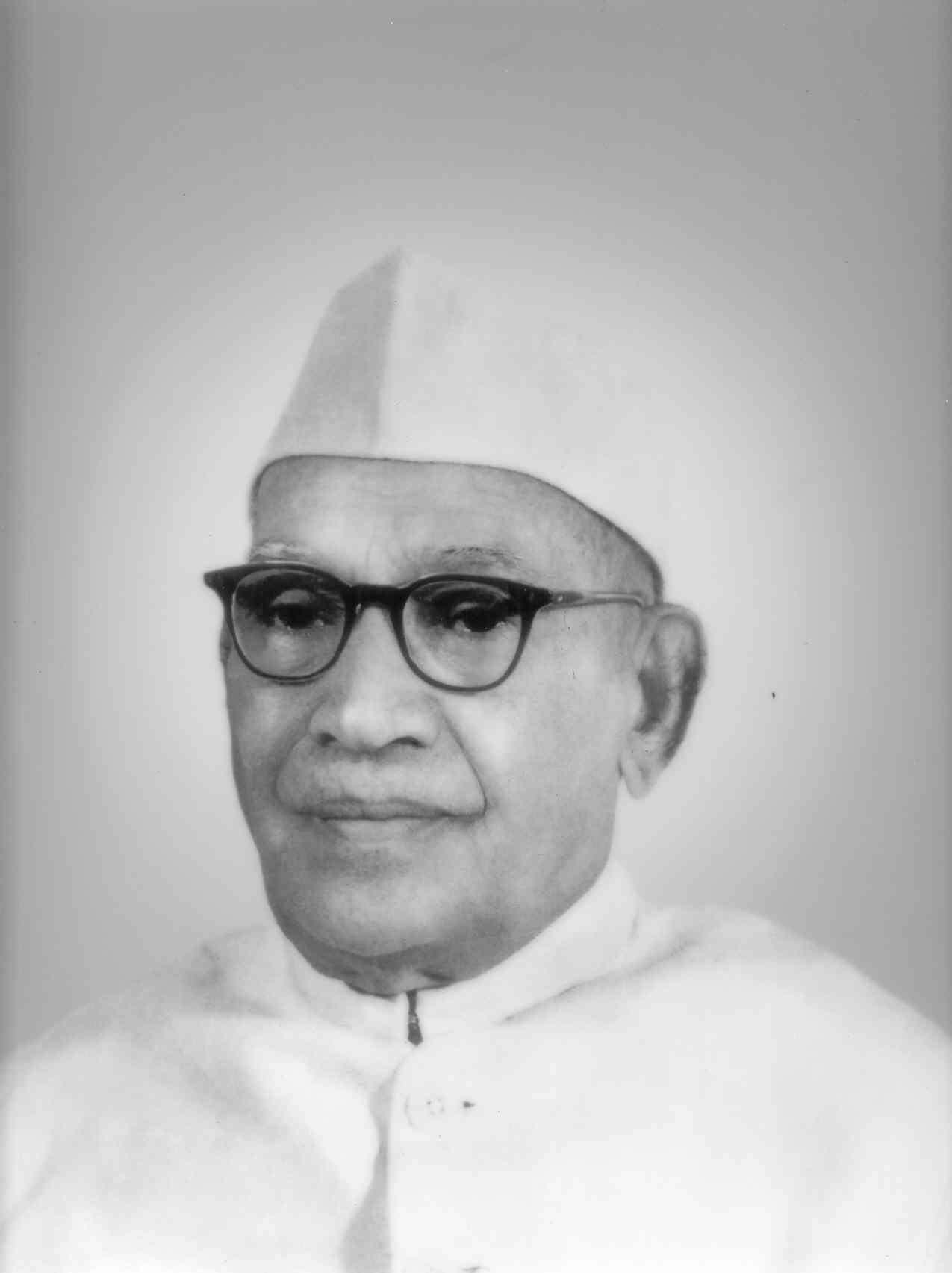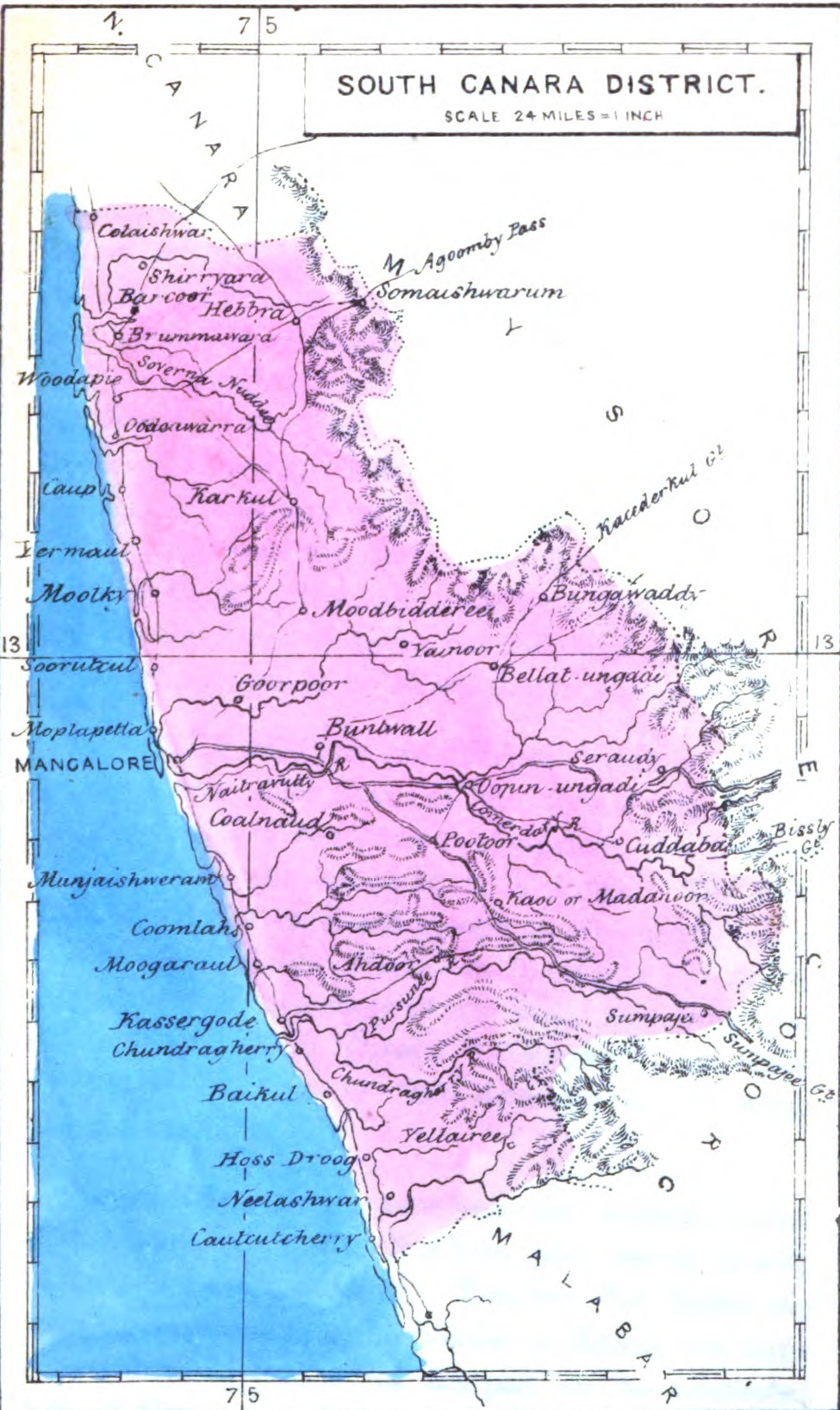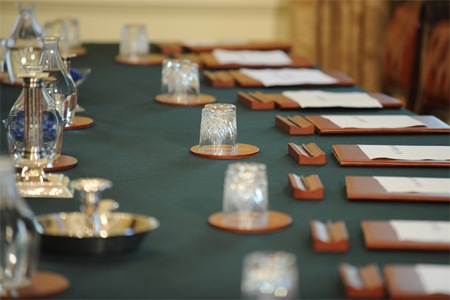|
Chief Minister Of Kerala
The chief minister of Kerala is the chief executive of the Indian state of Kerala. In accordance with the Constitution of India, the governor is a state's ''de jure'' head, but ''de facto'' executive authority rests with the chief minister. Following elections to the Kerala Legislative Assembly, the state's governor usually invites the party (or coalition) with a majority of seats to form the government. The governor appoints the chief minister, whose council of ministers are collectively responsible to the assembly. Given that he has the confidence of the assembly, the chief minister's term is for five years and is subject to no term limits. Following India's independence from the British Raj in 1947, the states' monarchs of Travancore and Cochin instituted a measure of representative government, headed by a prime minister and his council of ministers. On 1 July 1949 Travancore and Cochin were merged to form Travancore-Cochin state. The Malabar District and Kasaragod region ... [...More Info...] [...Related Items...] OR: [Wikipedia] [Google] [Baidu] |
Emblem Of Kerala
The Emblem of Kerala used by Government of Kerala, to represent the state in all its official correspondences. The emblem portrays two elephants guarding the state emblem of India and the Shankh of Sri Padmanabhaswamy according to the history of Kerala. Description The official Kerala emblem is a derivative version of the Royal coat of arms of the Kingdom of Travancore. The state emblem symbolizes two elephants guarding the state emblem of India and the emblem of Tranvancore Kingdom (a dextrally-coiled silver) conch shell (''Turbinella pyrum'') ). The current emblem of Kerala was adopted in 1960 when Pattom A. Thanu Pillai's government came to power after the removal of communist government by Indian Central Government. Changes in Emblem Kerala Government has made changes in its official emblem. The changes, as per the recommendation of a committee that looked into the issue, were made to make the state emblem in tune with the national emblem as the Government of India uses ... [...More Info...] [...Related Items...] OR: [Wikipedia] [Google] [Baidu] |
Constitution Of India
The Constitution of India (IAST: ) is the supreme law of India. The document lays down the framework that demarcates fundamental political code, structure, procedures, powers, and duties of government institutions and sets out fundamental rights, directive principles, and the duties of citizens. It is the longest written national constitution in the world. It imparts constitutional supremacy (not parliamentary supremacy, since it was created by a constituent assembly rather than Parliament) and was adopted by its people with a declaration in its preamble. Parliament cannot override the constitution. It was adopted by the Constituent Assembly of India on 26 November 1949 and became effective on 26 January 1950. The constitution replaced the Government of India Act 1935 as the country's fundamental governing document, and the Dominion of India became the Republic of India. To ensure constitutional autochthony, its framers repealed prior acts of the British parliament in A ... [...More Info...] [...Related Items...] OR: [Wikipedia] [Google] [Baidu] |
South Canara
South Canara was a district of the Madras Presidency of British India, located at . It comprised the towns of Kassergode and Udipi and adjacent villages, with the capital in Mangalore city. South Canara was one of the most heterogeneous areas of Madras Presidency, with Tulu, Malayalam, Kannada, Konkani, Marathi, Urdu, and Beary languages being spoken side by side. It was succeeded by the Tulu-speaking areas of Dakshina Kannada district, the Malayalam-speaking area of Kasaragod district and the Amindivi islands sub-division of the Laccadives, in the year 1956. Geography Mangalore was the administrative headquarters of the district. The district covered an area of . South Canara District was bordered by North Canara to north, the princely state of Mysore to east, Coorg state to southeast, Malabar District to south, and Arabian Sea to west. South Canara was one of the two districts on the western coast (Malabar coast) of Madras Presidency along with Malabar District (otherwi ... [...More Info...] [...Related Items...] OR: [Wikipedia] [Google] [Baidu] |
Kasaragod District
Kasaragod ( and Malayalam language, Malayalam: , English language, English: ''Kassergode'', Tulu language, Tulu: ''Kasrod'', Arabic language, Arabic: ''Harkwillia'') is one of the 14 List of districts of Kerala, districts in the southern Indian state of Kerala. Its northern border Thalappady, Kasaragod, Thalappady is located just 10 km south to Ullal, which is the southernmost portion of the major port city Mangalore, on the southwestern Malabar coast of India. Kasaragod is the northernmost district of Kerala and is also known as ''Saptha Bhasha Sangama Bhoomi'' (The land of seven languages) as seven languages namely, Malayalam, Tulu language, Tulu, Kannada, Marathi language, Marathi, Konkani, Beary language, Beary, and Urdu are spoken, unlike the other districts of Kerala. The district is situated on the rich biodiversity of Western Ghats. It was a part of the Kannur district of Kerala until 24 May 1984. The district is bounded by Dakshina Kannada district to the north, ... [...More Info...] [...Related Items...] OR: [Wikipedia] [Google] [Baidu] |
Malabar District
Malabar District, also known as Malayalam District, was an administrative district on the southwestern Malabar Coast of Bombay Presidency (1792-1800) and Madras Presidency (1800-1947) in British India, and independent India's Madras State (1947-1956). It was the most populous and the third-largest district in the erstwhile Madras State. The British district included the present-day districts of Kannur, Kozhikode, Wayanad, Malappuram, Palakkad (excluding Chittur town), Chavakad Taluk and parts of Kodungallur Taluk of Thrissur district (former part of Ponnani Taluk), and Fort Kochi area of Ernakulam district in the northern and central parts of present Kerala state, the Lakshadweep Islands, and a major portion of the Nilgiris district in Tamil Nadu. The detached settlements of Tangasseri and Anchuthengu, which were British colonies within the kingdom of Travancore in southern Kerala, also formed part of Malabar District until 1927. Malayalam was the administrative as well as ... [...More Info...] [...Related Items...] OR: [Wikipedia] [Google] [Baidu] |
Representative Government
Representative democracy, also known as indirect democracy, is a types of democracy, type of democracy where elected people Representation (politics), represent a group of people, in contrast to direct democracy. Nearly all modern liberal democracy, Western-style democracies function as some type of representative democracy: for example, the United Kingdom (a unitary state, unitary parliamentary system, parliamentary constitutional monarchy), India (a federal parliamentary republic), France (a unitary semi-presidential system, semi-presidential republic), and the United States (a federal Presidential system, presidential republic). Representative democracy can function as an element of both the Parliamentary system, parliamentary and the presidential systems of form of government, government. It typically manifests in a lower chamber such as the House of Commons of the United Kingdom, and the Lok Sabha of India, but may be curtailed by Constitution, constitutional constraints suc ... [...More Info...] [...Related Items...] OR: [Wikipedia] [Google] [Baidu] |
British Raj
The British Raj (; from Hindi ''rāj'': kingdom, realm, state, or empire) was the rule of the British Crown on the Indian subcontinent; * * it is also called Crown rule in India, * * * * or Direct rule in India, * Quote: "Mill, who was himself employed by the British East India company from the age of seventeen until the British government assumed direct rule over India in 1858." * * and lasted from 1858 to 1947. * * The region under British control was commonly called India in contemporaneous usage and included areas directly administered by the United Kingdom, which were collectively called British India, and areas ruled by indigenous rulers, but under British paramountcy, called the princely states. The region was sometimes called the Indian Empire, though not officially. As ''India'', it was a founding member of the League of Nations, a participating nation in the Summer Olympics in 1900, 1920, 1928, 1932, and 1936, and a founding member of the United Nations in San F ... [...More Info...] [...Related Items...] OR: [Wikipedia] [Google] [Baidu] |
Durga Das Basu
Durga Das Basu (1910–1997) was an Indian jurist and lawyer. He wrote the ''Commentary on the Constitution of India'' and ''Casebook on the Indian Constitutional Law''. The former is one of the most important textbooks in social sciences and legal studies related to the Constitution of India. He was born in 1910. Basu was awarded the Padma Bhushan The Padma Bhushan is the third-highest civilian award in the Republic of India, preceded by the Bharat Ratna and the Padma Vibhushan and followed by the Padma Shri. Instituted on 2 January 1954, the award is given for "distinguished service ... in 1985, and nominated as honorary fellow of Asiatic Society in 1994. He died in the year 1997. References 5Death https://frontline.thehindu.com/static/html/fl2804/stories/20110225280407400.htm 1910 births 1997 deaths 20th-century Indian lawyers University of Calcutta alumni Recipients of the Padma Bhushan in public affairs {{India-law-bio-stub ... [...More Info...] [...Related Items...] OR: [Wikipedia] [Google] [Baidu] |
Term Limit
A term limit is a legal restriction that limits the number of terms an officeholder may serve in a particular elected office. When term limits are found in presidential and semi-presidential systems they act as a method of curbing the potential for monopoly, where a leader effectively becomes " president for life". This is intended to protect a republic from becoming a ''de facto'' dictatorship. Term limits may be applied as a lifetime limit on the number of terms an officeholder may serve, or the restrictions may be applied as a limit on the number of consecutive terms they may serve. History Europe Term limits date back to Ancient Greece and the Roman Republic, as well as the Republic of Venice. In ancient Athenian democracy, many officeholders were limited to a single term. Council members were allowed a maximum of two terms. The position of Strategos could be held for an indefinite number of terms. In the Roman Republic, a law was passed imposing a limit of a single ter ... [...More Info...] [...Related Items...] OR: [Wikipedia] [Google] [Baidu] |
Cabinet Collective Responsibility
Cabinet collective responsibility, also known as collective ministerial responsibility, is a constitutional convention in parliamentary systems that members of the cabinet must publicly support all governmental decisions made in Cabinet, even if they do not privately agree with them. This support includes voting for the government in the legislature. Some Communist political parties apply a similar convention of democratic centralism to their central committee. If a member of the Cabinet wishes to openly object to a Cabinet decision then they are obliged to resign from their position in the Cabinet. Cabinet collective responsibility is related to the fact that if a vote of no confidence is passed in parliament, the government is responsible collectively, and thus the entire government resigns. The consequence will be that a new government will be formed or parliament will be dissolved and a general election will be called. Cabinet collective responsibility is not the same as ... [...More Info...] [...Related Items...] OR: [Wikipedia] [Google] [Baidu] |
Cabinet (government)
A cabinet is a body of high-ranking state officials, typically consisting of the executive branch's top leaders. Members of a cabinet are usually called cabinet ministers or secretaries. The function of a cabinet varies: in some countries, it is a collegiate decision-making body with collective responsibility, while in others it may function either as a purely advisory body or an assisting institution to a decision-making head of state or head of government. Cabinets are typically the body responsible for the day-to-day management of the government and response to sudden events, whereas the legislative and judicial branches work in a measured pace, in sessions according to lengthy procedures. In some countries, particularly those that use a parliamentary system (e.g., the UK), the Cabinet collectively decides the government's direction, especially in regard to legislation passed by the parliament. In countries with a presidential system, such as the United States, the Ca ... [...More Info...] [...Related Items...] OR: [Wikipedia] [Google] [Baidu] |
Chief Minister (India)
In India, a chief minister is the elected head of government of each state out of the 28 states and sometimes a union territory (UT; currently, only the UTs of Delhi and Puducherry have serving chief ministers). According to the Constitution of India, the governor is a state's head, but ''de facto'' executive authority rests with the chief minister. Following elections to the State legislative assembly or Vidhan Sabha in a state, the state's governor usually invites the party (or coalition) with a majority of seats to form the government. The governor appoints and swears in the chief minister, whose council of ministers are collectively responsible to the assembly. Based on the Westminster system, given that they retain the confidence of the assembly, the chief minister's term can last for the length of the assembly's life, a maximum of five years. There are no limits to the number of terms that the chief minister can serve. A chief minister heads a state government's council ... [...More Info...] [...Related Items...] OR: [Wikipedia] [Google] [Baidu] |







